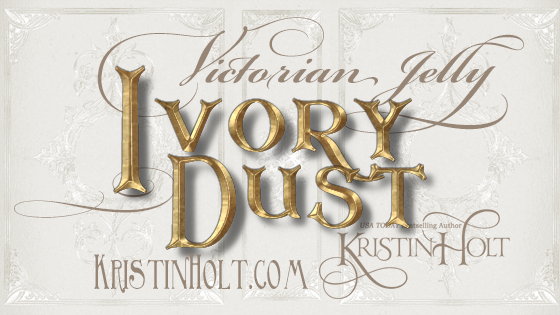
Victorian Jelly: Ivory Dust
Victorian-era jellies were thickened with a variety of articles–including ivory dust.
Yes, the dust created from carving and shaping ivory into things like knife handles.
Victorian-era U.S. publications tell the story.

Victorian-era jellies were thickened with a variety of articles–including ivory dust.
Yes, the dust created from carving and shaping ivory into things like knife handles.
Victorian-era U.S. publications tell the story.
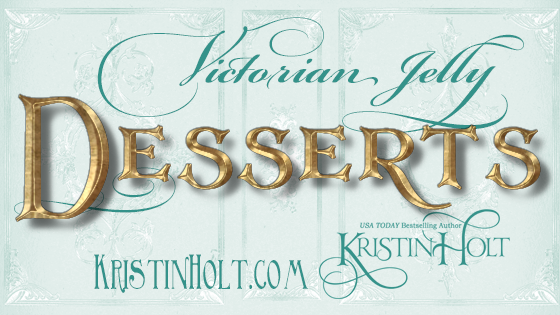
Victorians (in every English-speaking nation) adored jellied desserts.
Vintage recipes from cookbooks and newspapers (from both sides of the Atlantic) illustrate how cooks made foods gel.
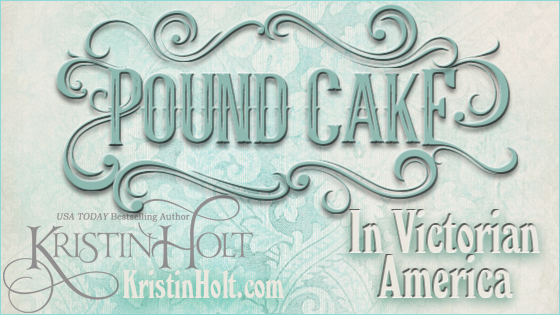
Today, March 4, is National Pound Cake Day ~ a perfect day to celebrate Pound Cake in Victorian America.
What is pound cake? What is it made of? Why was it a popular cake with 19th century bakers?
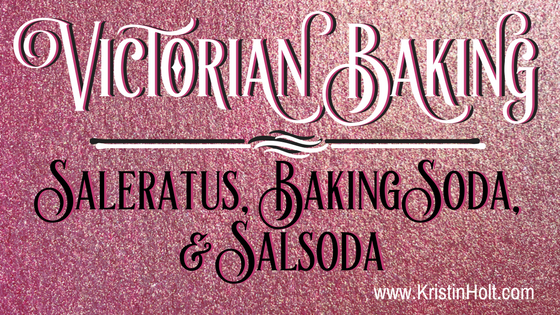
Today, December 30th, is National Bicarbonate of Soda Day.
Why recognize and celebrate such an obscure “foodie” day?
Victorian-era recipes containing saleratus, pearl ash, baking soda, baking powder (and more) can be confusing… and evoke a million questions. When were each used? Which were Victorian-era developments? Which did 19th century cooks prefer?
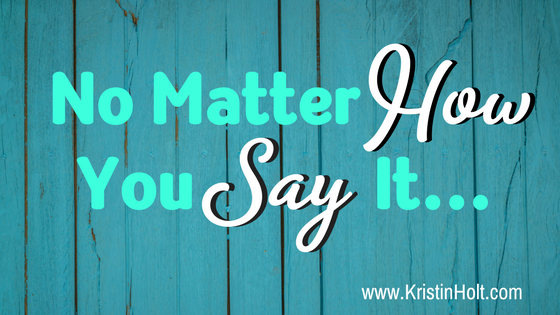
Have you ever stumbled across a turn of phrase (hold your horses, for instance) in a western historical romance and wondered if it fit? Or if that phrase was too new to be accurate historically? I have. While writing my past few western historical romances, I’ve paused and taken the time to look up most of these phrases, but I probably missed some. I want to share a handful with you here (that appeared in Pleasance’s First Love, set in 1879), along with the history behind that common phrase (colloquialism), when it came to be, and how we know that origin.